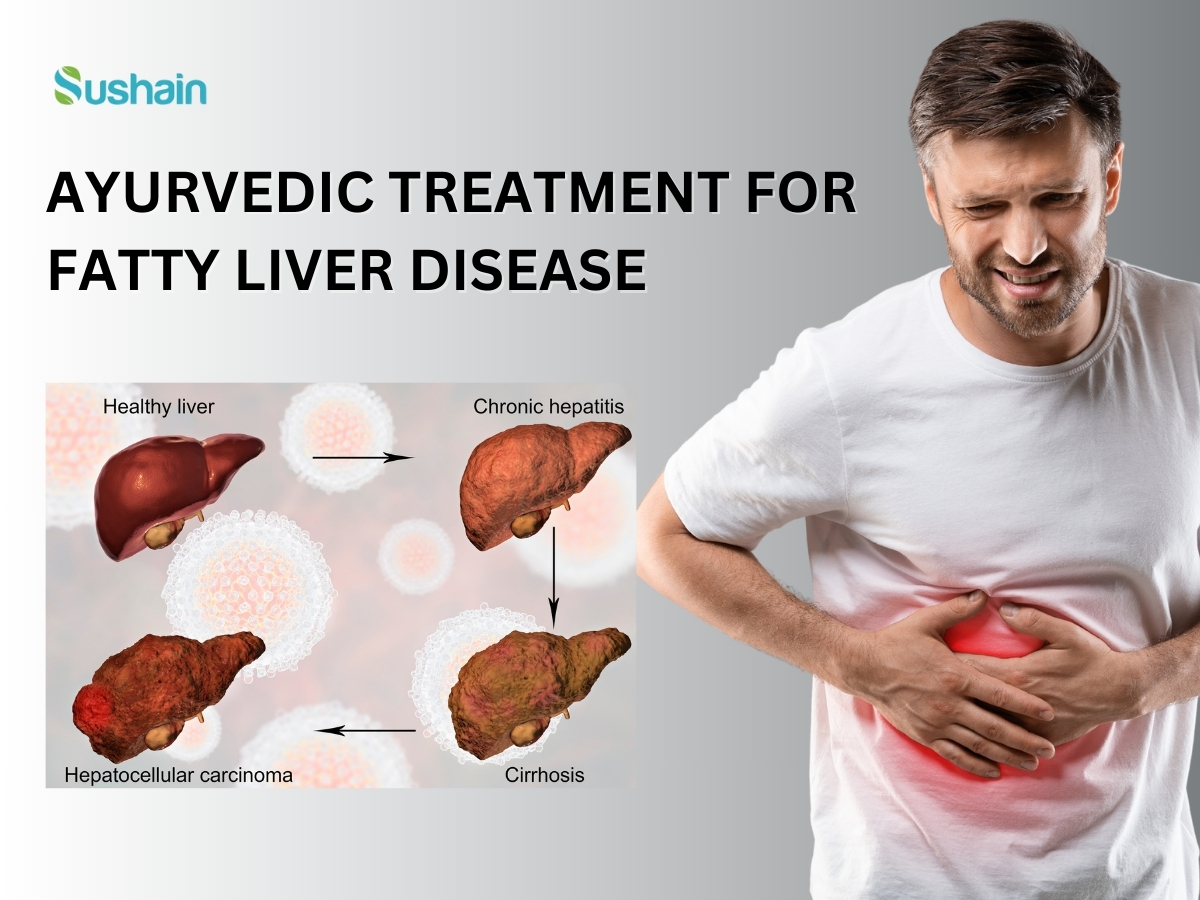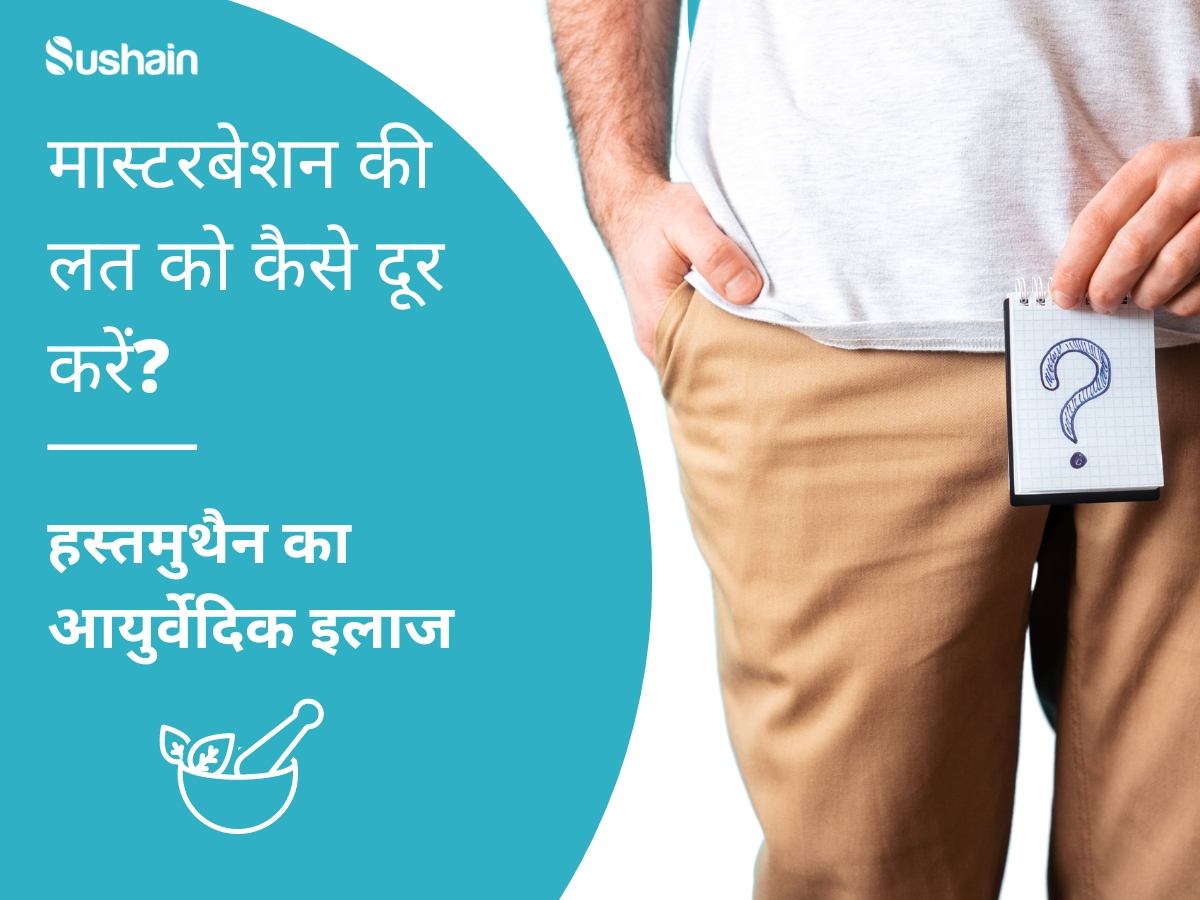What is Ayurveda? Treatments, Massage, Diet, and More
Ayurveda, the word itself gives positive energy in everyone’s life to live natural, healthy, traditional way of life with self-healing process.
Now a day’s people like to lead a life of Ayurveda.
Ayurveda is a natural system of medicine originated in India more than 3000years ago, it is the ancient Indian system of medicine.
शरीरेन्द्रिय सत्वात्मा संयोगो।
Ayurveda is the knowledge of the union of body, sense organs, mind and soul.
Ayurveda words meaning Ayu means life, Veda means science.
So, Ayurvedic means the science of life.

AYURVEDA is an alternative medicine system with historical roots in the Indian subcontinent.
HISTORY OF AYURVEDA
According to Bhagavata purana, Dhanwantari emerged from the ocean of milk and appeared with pot of Amrita (nector) and Ayurvedic granta, herbs during samudra manthan by Deva and asuras.
Dhanwantari introduced Ayurveda for the wellbeing of all living beings.
AYURVEDA TRAYOPASTAMBH
Trayopastambh is the three pillars of living a life in Ayurvedic. These are the pillars of human life to maintain the healthy status of life and followed to balance all the doshas.
1) Ahara
2)Nidra
3) Brahmacharya
1) Ahara
Diet is the root cause of all the vikaras in the body, as ahara is the source of energy to the body.
So proper Ahara always maintain Agni, Tridoshas, and Dhatu without any imbalance.
So, Ayurvedic guide us to take care of our ahara, so many diseases can be prevented easily.
So, diet itself cure many ailments.
Diet according to prakriti
Properties of Ahara
Avoid Viruddhaahaara
2) Nidra:
Nidra is the state where both body and mind undergo resting state.
How we take care of our body by relaxing, sitting, sleeping, in same way Ayurvedic always concentrate on mind, as mind is the master of our body to control all the physical activity.
So, resting of mind and body to be calm, to lead a stress-free life.
As sleep rejuvenate all sense organs, prevent anxiety, depression and many manovikaras.
So nidra is the important pillar of Ayurveda.
3) Brahmacharya (Abstinence)
In Ayurveda, shukra is the last dhatu formed out of majja.
So, Ayurveda guide to protect shukra to enhance health by bramhacharya.
Bramhacharya doesn’t only indicate urge to control sexual pleasure, but also pleasure of all the things that harms sense organs like to protect self from watching too much of screen to protect your eyes, it’s just an example.
In tha same way bramhacharya is control over self.
Pleasure of habits like smoking, alcohol etc to have control over it is also bramhacharya.
So bramhacharya is the control over all the external things that harm individual health.
Principles of Ayurveda
PANCHAMAHABHOOTAS
Ayurveda concept is based on PANCHAMAHABHOOTAS
Our body functions and outside world is based on PANCHAMAHABHOOTA siddhanta.
1) prithvi(earth)
2) Aap(water)
3)Agni(fire)
4)Vaayu(air)
5)Akasha (Space)
Hard substance in our body like teeth, bone is due to prithvi.
Body fluid is due to aap.
Digestive fire is due to Agni.
Movements of body, activity is due to vayu.
Hollowness of different organ is due to Akash.

Aim of Ayurveda

Aim of Ayurveda is to balance tridosha.
All the vyaadhis in the body is due to Vitiation of tridoshas.
So, Ayurveda aims to treat root cause by balancing the vitiated doshas.
1) By following Ayurveda diet.
2) Ayurveda aims to follow Dinacharya, ritucharya.
3) Ayurveda treatment always planned according to dosha vitiation, dhatu affected
So Shodhana and Shamana planned
5) Shodhana include panchakarma procedure removing toxins from body.
6) Ayurveda always tells about the the way of living life.
So, Ayurveda guides the way of living life through yoga.
So, in Dinacharya yoga is also advised to follow daily.
Two important aim of Ayurveda:
“Swasthasya swasthya Rakshanam Aathurasya vikara prashamanam”
1) To maintain swasthya (healthy status), to rejuvenate and boost the health of the healthy person.
2) To treat and cure the diseased one.
To know more, talk to a doctor at Sushain Clinic. Dial +91 6390905275 or Click on ‘Video Consultation with Ayurvedic Doctors‘





